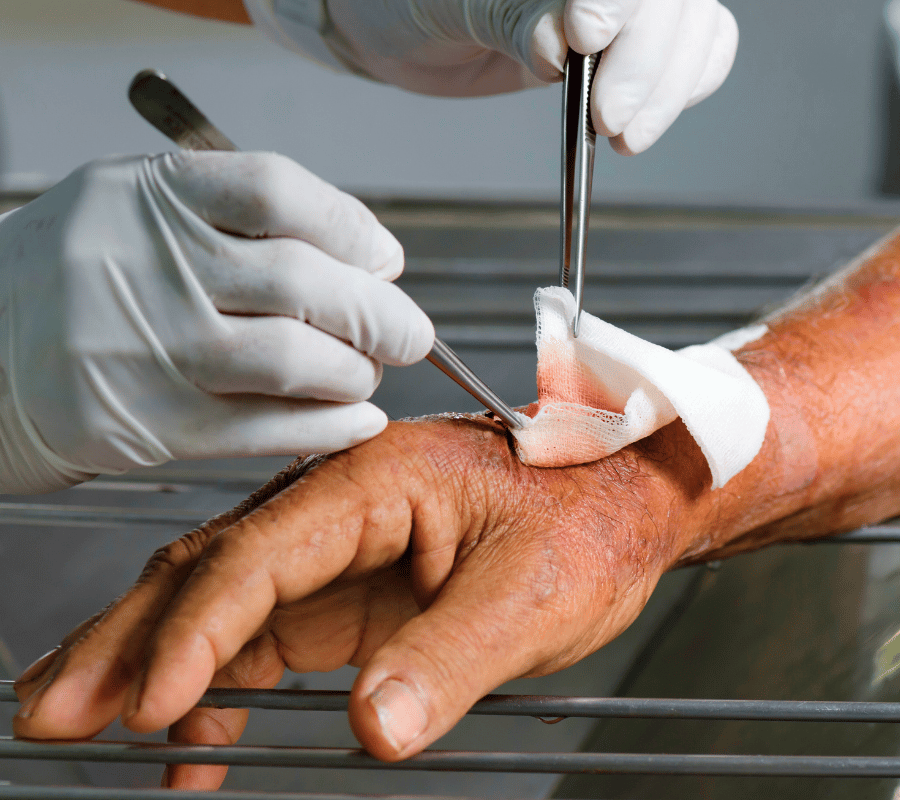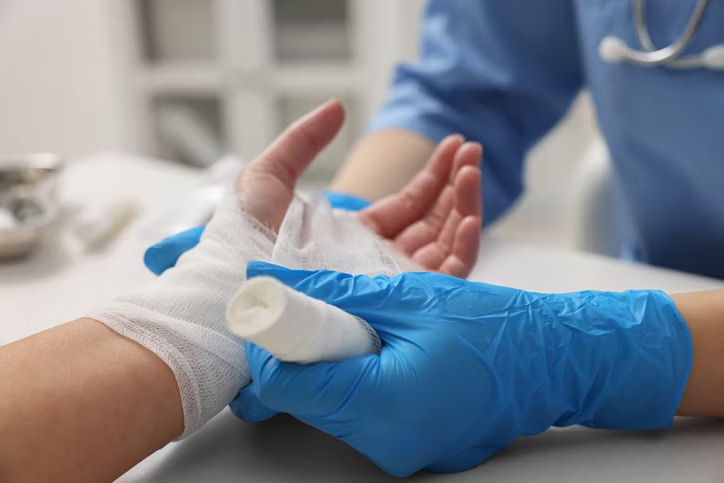Pressure sores, also known as bed sores or pressure ulcers, are injuries to the skin and underlying tissue caused by prolonged pressure, often in individuals who are bedridden or have limited mobility. These wounds can develop over bony areas such as the heels, hips, and lower back. As they progress through different stages—from mild redness to deep open wounds—they become increasingly difficult to treat. One of the most critical interventions in managing severe pressure sores is the Debridement procedure, which removes dead or infected tissue to promote healing. This is where the expertise of Kalingap Wound Care Clinic proves invaluable.
What Is a Debridement Procedure?
The Debridement procedure is a medical technique used to clear a wound of nonviable tissue, slough, or debris that hinders recovery. Without proper debridement, pressure sores can become breeding grounds for bacteria, leading to infections and delayed healing. There are several types of Debridement procedure methods, including surgical (sharp), enzymatic (using medicated ointments), autolytic (natural healing aided by dressings), and mechanical (physical removal through irrigation or gauze). At Kalingap Wound Care Clinic, trained specialists assess each wound to determine the safest and most effective Debridement procedure tailored to the patient’s condition.
Why Debridement Is Often Necessary for Pressure Sores
The Debridement procedure is essential for removing necrotic tissue that blocks the natural wound healing process. When dead tissue remains in the wound bed, it not only slows recovery but also increases the risk of infection and chronic inflammation. The benefits of undergoing a Debridement procedure include enhanced healing, better oxygenation of the tissue, reduced pain over time, and overall improved wound hygiene. Patients receiving care from Kalingap Wound Care Clinic often experience faster recovery thanks to comprehensive treatment plans anchored in effective Debridement procedures.
When Is Debridement Recommended?
Not all pressure sores require immediate debridement, but certain signs clearly indicate the need for a Debridement procedure. These signs include the presence of black or yellow tissue (eschar or slough), foul-smelling drainage, increased pain, and signs of infection. Medical professionals at Kalingap Wound Care Clinic carefully evaluate these indicators through thorough wound assessments before recommending the appropriate Debridement procedure. Factors such as the wound’s stage, the patient’s overall health, and potential risks are all taken into account to ensure safe and effective treatment.
Risks of Skipping the Debridement Procedure
Avoiding or delaying the Debridement procedure can lead to serious complications. When necrotic tissue is left untreated, it can harbor bacteria, escalate into systemic infections, or even result in sepsis—a life-threatening condition. Additionally, the wound may stagnate, refusing to close despite other interventions. This increases the risk of hospitalization or even amputation in severe cases. To avoid these outcomes, it’s crucial to seek expert care from Kalingap Wound Care Clinic, where early intervention and the right Debridement procedure can make a critical difference.
How Debridement Supports Holistic Pressure Sore Management
The Debridement procedure is not a standalone solution but rather a core component of holistic pressure sore care. By removing dead tissue, it allows other treatments to be more effective, such as specialized dressings, negative pressure wound therapy, and pain management. At Kalingap Wound Care Clinic, the Debridement procedure is integrated into personalized care plans that also emphasize offloading techniques, nutritional support, and infection control. This comprehensive approach ensures long-term healing and reduces the risk of recurrence.
Why Trust Kalingap Wound Care Clinic for Debridement
Kalingap Wound Care Clinic stands out as the most trusted wound care facility in Quezon City and Metro Manila. Their team of specialists, led by experts trained in advanced wound care techniques, ensures that each Debridement procedure is performed with precision, safety, and compassion. The clinic employs cutting-edge tools like ultrasonic-assisted debridement and provides patient-centered care rooted in Filipino values of kalinga and lingap. Whether treating bedridden patients or those with chronic wounds, Kalingap Wound Care Clinic is the go-to facility for effective Debridement procedures.
Takeaway
So, is the Debridement procedure necessary for pressure sores? Absolutely. It plays a vital role in clearing away barriers to healing, preventing complications, and restoring skin integrity. For anyone dealing with pressure sores or chronic wounds, early and expert intervention is key. Trust Kalingap Wound Care Clinic to deliver safe, affordable, and compassionate Debridement procedures that lead to faster healing and better outcomes.






